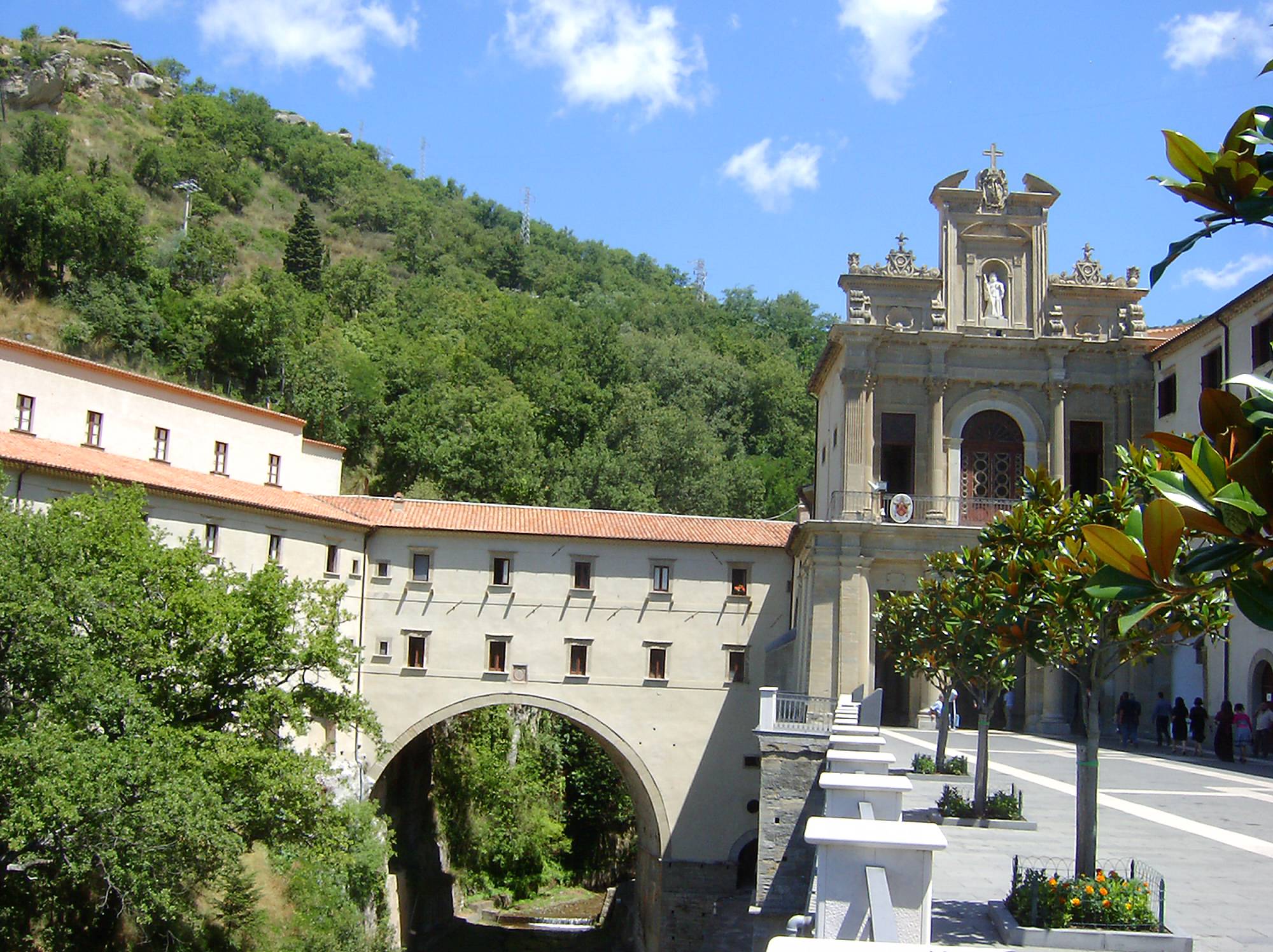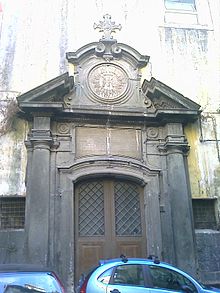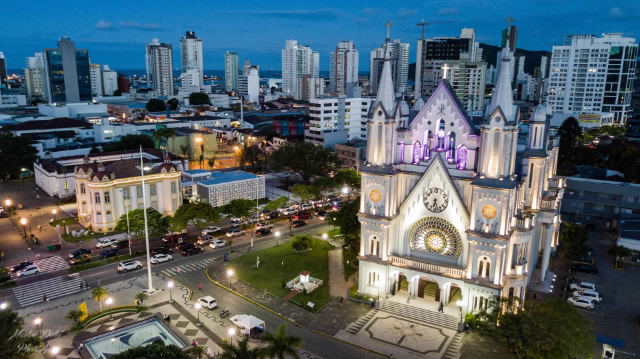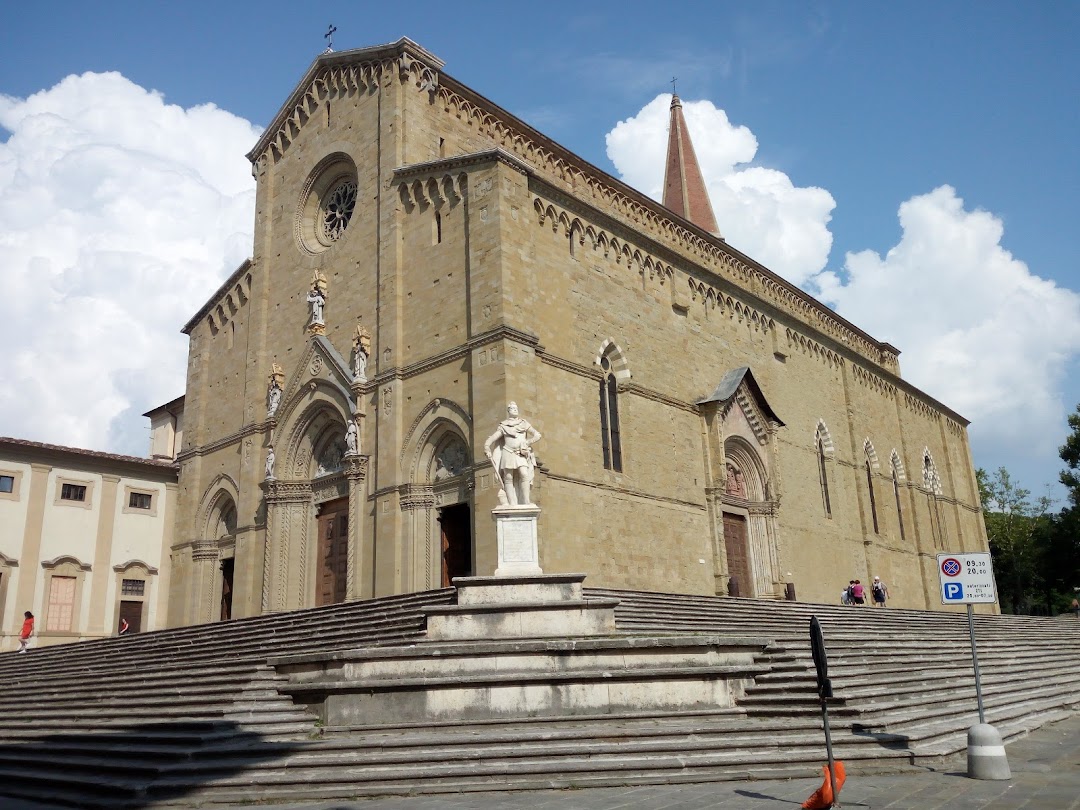Paola, you know, is the town famous for being one of the most important destinations of religious tourism in Italy. In this place, in fact, was born St. Francis of Paola, protector of sailors, and there is the Sanctuary of the Saint, seat of the Order of Friars Minor.
The Sanctuary of St. Francis of Paola is located in the gorge of the Isca torrent, in the place where Francis had founded the chapel dedicated to St. Francis of Assisi. In the large square there is therefore the façade of the great basilica and the convent. In the cloister of the Sanctuary (‘400/’500), there is the rose garden of the Saint and important frescoes. Adjacent to it there is the hermitage of St. Francis, a set of small underground spaces that formed the first nucleus for his confreres.
From the ancient church of the mid-15th century you can access the "Miracles area" a path marked by many fascinating stages including the source of the "cucchiarella". This is a fountain where pilgrims usually drink and where the water that is drawn with the "cucchiarella" always maintains the same level. An inscription remembers that it was miraculously gushed out by the Saint to quench the thirst of the workers of the convent factory. Based on Masaru Emoto’s theory on the memory of water, Professor Maximilian Caligiuri found that the water of the Sanctuary of Saint Francis of Paola has the same composition as that of the Sanctuary of Lourdes in France. At the moment it is a theory that does not have the approval of the scientific community but it is curious how two sources of water have the same characteristics.
Emoto was convinced that the watercourses had a memory: that its structure would be influenced by the thoughts of the people living in the area. This he claimed to have noticed similarities between water crystals (whose shape may be symmetrical or disorderly), under certain conditions (-4°), in different watercourses. In support of his hypothesis, he therefore presented photographs showing these points of contact.













